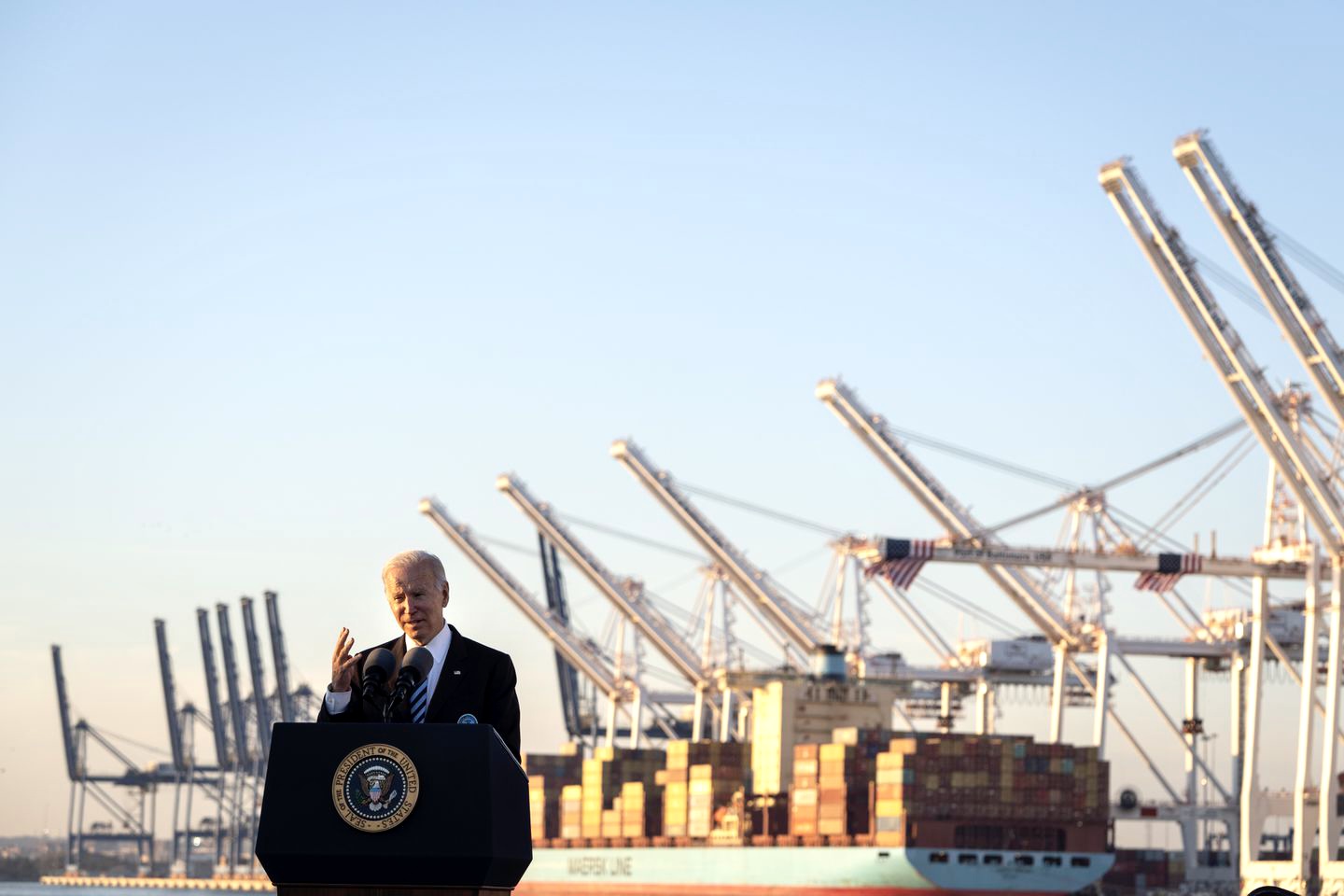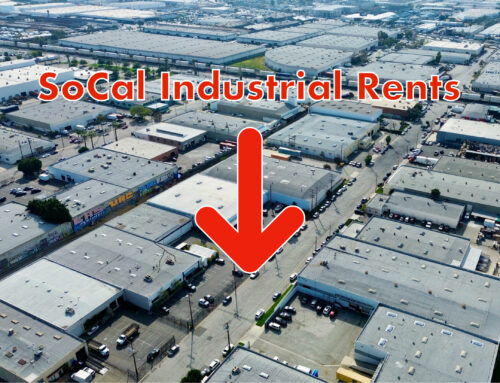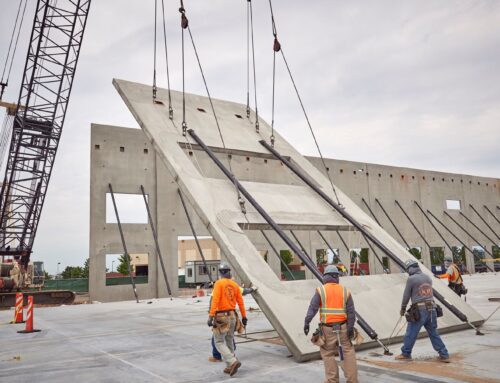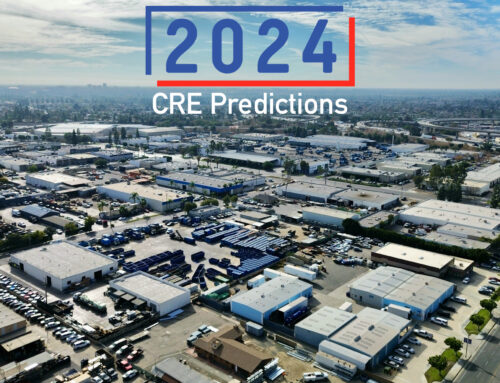As the bipartisan infrastructure bill awaits President Joe Biden’s signature to become law, the commercial real estate industry awaits the effects of $550B in new spending.
It could be waiting a long time.
The nature of infrastructure projects is long-term — doubly so for the transformational projects the bill is supposed to make possible. Elements like new connections for Amtrak, widened highways and greener energy grids could take several years to plan, to say nothing of completing the projects. But real estate is an industry used to thinking along those timelines, and only the planning portion will need to be completed in order for developers and investors to act.
“Developers want things to be consistent,” The Counselors of Real Estate Chair Marilee Utter said. “Tell me what you’re going to do and when, and I can do my business.”
The Infrastructure Investment and Jobs Act has been passed by both houses of Congress, with Biden planning to sign it into law when Congress is back in session next week. Once the bill is signed into law, then various government entities will go about the business of creating regulations and procedures for the $550B in new spending to be put to work. Until then, the only specifics known to the general public are the overall allocations and the initiatives they will fund.
-
$110B for roads and bridges, both for repair and major improvement projects.
-
$73B for updating and expanding the power grid.
-
$66B for repairing, maintaining and expanding the country’s rail system.
-
$65B for improving and expanding broadband internet access.
-
$55B toward clean drinking water, including the removal of lead pipes.
-
$50B for improving U.S. infrastructure’s overall resilience against climate change, extreme weather events and cyberattacks.
-
$42B for improving the country’s ports and airports.
-
$39B for repair and expansion of public transit networks.
-
$21B for environmental remediation at brownfield and Superfund sites.
-
$7.5B to build out a national network of electric vehicle charging stations.
-
$7.5B for low- or no-emission buses and ferries.
President Joe Biden on the phone in the Oval Office of the White House in 2021.
Each of those outlays of federal capital will be a boon for commercial real estate in its own right, not least because they translate to exponential growth in the country’s gross domestic product, Savills Executive Vice President and Head of Industrial Services Gregg Healy said, citing studies from the World Bank.
“Public investment in infrastructure is the best way to promote GDP growth,” Healy said. “It exponentially increases private investment in this area, spurring additional capital flow and activity.”
The biggest spending target in the bill could also be the most directly impactful for industrial real estate, as bigger and better roads will speed the movement of packages, especially on the final leg of the e-commerce supply chain that leads to consumers’ doors, Healy said. Improvements at the ports, even though they likely won’t come in time to resolve the current crisis in global logistics, will go a long way toward preventing similar occurrences in the future.
For other asset classes, every dollar spent by the government on the street grid, electric grid and water supply is one that developers don’t have to spend themselves, as they have done for years now in exchange for entitlements to build, National Multifamily Housing Council Senior Vice President of Government Affairs Cindy Chetti said.
“The industry is often asked to pick up the slack and pay for crumbling infrastructure in recent years, when the nation failed to invest in it,” Chetti said. “Often, it has added to the cost of building housing, including per-unit costs, which impact housing affordability.”
Expansion of rail and public transportation networks are among the most likely provisions of the bill to inspire new commercial buildings, since more transit translates to more transit-oriented developments. Such developments may not even have to wait for certain projects to get built, as a planned extra stop on a city’s subway line or regional rail system can be a green light for developers to start buying up land and planning projects, Utter said.
“The history of infrastructure and real estate is as old as the day is long,” she said. “Like transportation, telecommunications, power and water are key factors for developers. Investors go where infrastructure is the best.”
For many in the real estate industry, not to mention progressives in Congress, housing is infrastructure. Yet the historic investment in public and affordable housing that was part of Biden’s initial infrastructure platform has been shrunk and moved to the Build Back Better social spending bill. Though the moderate senators who cut the spending targets of Biden’s infrastructure agenda have promised to pass Build Back Better upon the Congressional Budget Office’s review, nothing is certain until the votes are counted. In the meantime, industry leaders lament the missed opportunity.
“One thing we continue to push for is to tie some transportation dollars to requirements that localities speed up permitting and regulating, so that development could happen in a more timely fashion,” Chetti said. “I’m disappointed that there isn’t more in there directly for housing, and for affordable housing in particular.
Right now, the only way to make housing affordable, or even attainable, is with subsidies, whether government or philanthropy,” she said. “It isn’t going to come just from the market, especially if you think about long-lasting, environmentally responsible product.”
No matter the fate of the social spending bill, the commercial real estate industry eagerly awaits the changes that the infrastructure bill will bring to the country’s roads, railroads, energy grid, public transportation and so forth. But by the time the economic benefits set in, many may wind up forgetting where they came from.
In 1991, Utter’s company Citi Venture Associates was awarded the rights to develop a former rail yard in Denver, and it took until around 2005 for vertical construction to begin and 2015 for the project to fully deliver, Utter said, recalling remarks from city stakeholders that the area’s transformation happened overnight.
“It seemed overnight because once things start happening, you’ve lost track of [the beginning],” she said. “But for those projects, 20 years go really fast.”






